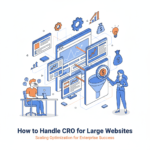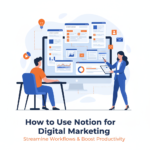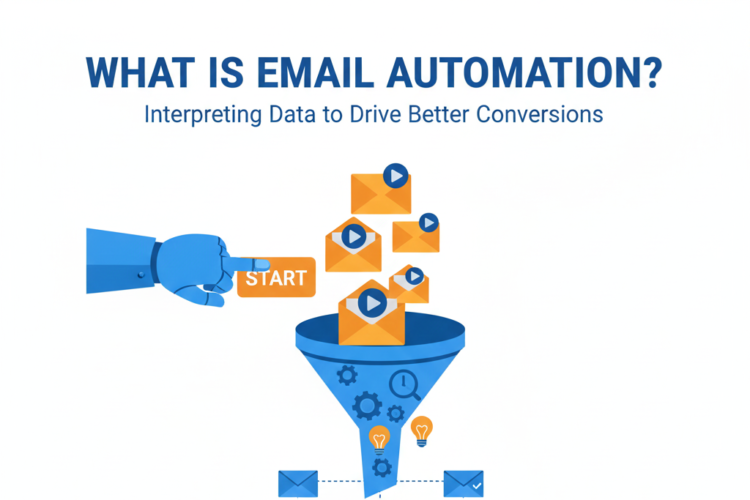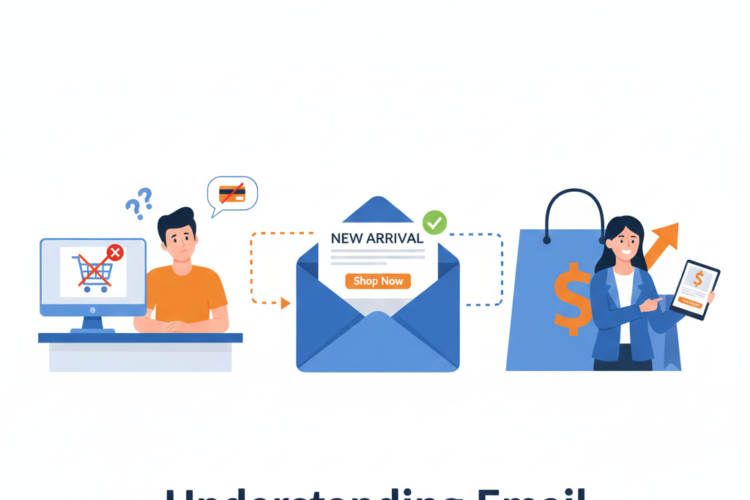
Behavioral Segmentation: Email Campaigns That Convert
Introduction
Email marketing remains one of the most effective digital marketing strategies, but the success of any campaign depends on delivering relevant, personalized messages. One powerful way to achieve this is through behavioral segmentation—a technique that categorizes subscribers based on their actions, preferences, and interactions with your brand. By understanding user behavior, businesses can craft email campaigns that resonate, engage, and ultimately convert.
This guide explores the principles of behavioral segmentation in email marketing, different types of behavioral segments, and how to implement them effectively to boost conversions.
Understanding Behavioral Segmentation in Email Marketing
What is Behavioral Segmentation?
Behavioral segmentation is the process of dividing an email list based on subscribers’ interactions with your brand. This approach allows businesses to send highly relevant content, increasing engagement and conversion rates.
Why is Behavioral Segmentation Important?
Higher Engagement: Subscribers receive emails that align with their interests and actions.
Increased Conversions: Targeted messages drive more meaningful interactions and purchases.
Better Customer Experience: Users feel valued when emails cater to their specific needs.
Reduced Unsubscribes and Spam Reports: Irrelevant emails frustrate users, leading them to unsubscribe or mark emails as spam.
Types of Behavioral Segmentation for Email Marketing
1. Purchase Behavior Segmentation
First-time buyers: Send welcome emails, product guides, and onboarding content.
Repeat customers: Offer loyalty rewards and exclusive discounts.
High-spending customers: Provide VIP perks and premium offers.
Cart abandoners: Send reminders with incentives to complete the purchase.
2. Engagement-Based Segmentation
Active users: Reward frequent openers and clickers with exclusive content.
Dormant users: Re-engagement campaigns with special offers.
New subscribers: Introduce brand values, products, and services.
3. Browsing Behavior Segmentation
Product/category viewers: Send personalized recommendations based on browsing history.
Comparison shoppers: Highlight key product differentiators and testimonials.
4. Email Interaction Segmentation
Opens and Clicks: Customize emails based on the types of emails they engage with the most.
Non-openers: Adjust subject lines, send re-engagement campaigns, or change the email frequency.
5. Lifecycle Stage Segmentation
New leads: Send educational content to build trust.
Prospects: Provide case studies, testimonials, and product demos.
Loyal customers: Offer referral programs and special perks.
Inactive customers: Create win-back campaigns with exclusive offers.
6. Subscription and Preference-Based Segmentation
Users who prefer specific content: Tailor messages based on interest categories.
Newsletter subscribers vs. promotional subscribers: Adjust email types accordingly.
Implementing Behavioral Segmentation in Email Campaigns
1. Collect and Analyze Data
Use website analytics, email interactions, and CRM data.
Leverage tools like Google Analytics, Mailchimp, and HubSpot.
2. Automate Email Workflows
Set up trigger-based emails (welcome series, cart abandonment, post-purchase follow-ups).
Use dynamic content blocks for personalized experiences.
3. A/B Test and Optimize
Test subject lines, email design, and CTA placements.
Analyze metrics like open rates, click-through rates, and conversions.
4. Personalize Email Content
Use recipient’s name, personalized recommendations, and relevant product suggestions.
Create dynamic content based on user behavior.
5. Monitor and Adjust Strategies
Track engagement over time and tweak segmentation strategies.
Remove inactive subscribers or run re-engagement campaigns.
Case Studies: Behavioral Segmentation Success Stories
Case Study 1: E-Commerce Store Boosts Conversions with Cart Abandonment Emails
Sent a reminder email with a limited-time discount.
Achieved a 20% increase in recovered sales.
Case Study 2: SaaS Company Improves Onboarding with Lifecycle Emails
Created a personalized onboarding sequence based on user actions.
Increased user activation by 35%.
Case Study 3: Fashion Brand Enhances Loyalty with VIP Customer Segmentation
Offered exclusive perks to high-value customers.
Boosted repeat purchases by 40%.
Conclusion
Behavioral segmentation is a game-changer in email marketing. By understanding and leveraging customer behaviors, businesses can create highly targeted campaigns that increase engagement, improve customer relationships, and drive conversions. Implement these strategies today to make your email marketing smarter and more effective!
This comprehensive guide outlines how behavioral segmentation enhances email campaigns for better conversions. Let me know if you need any refinements or additional details!
Author



